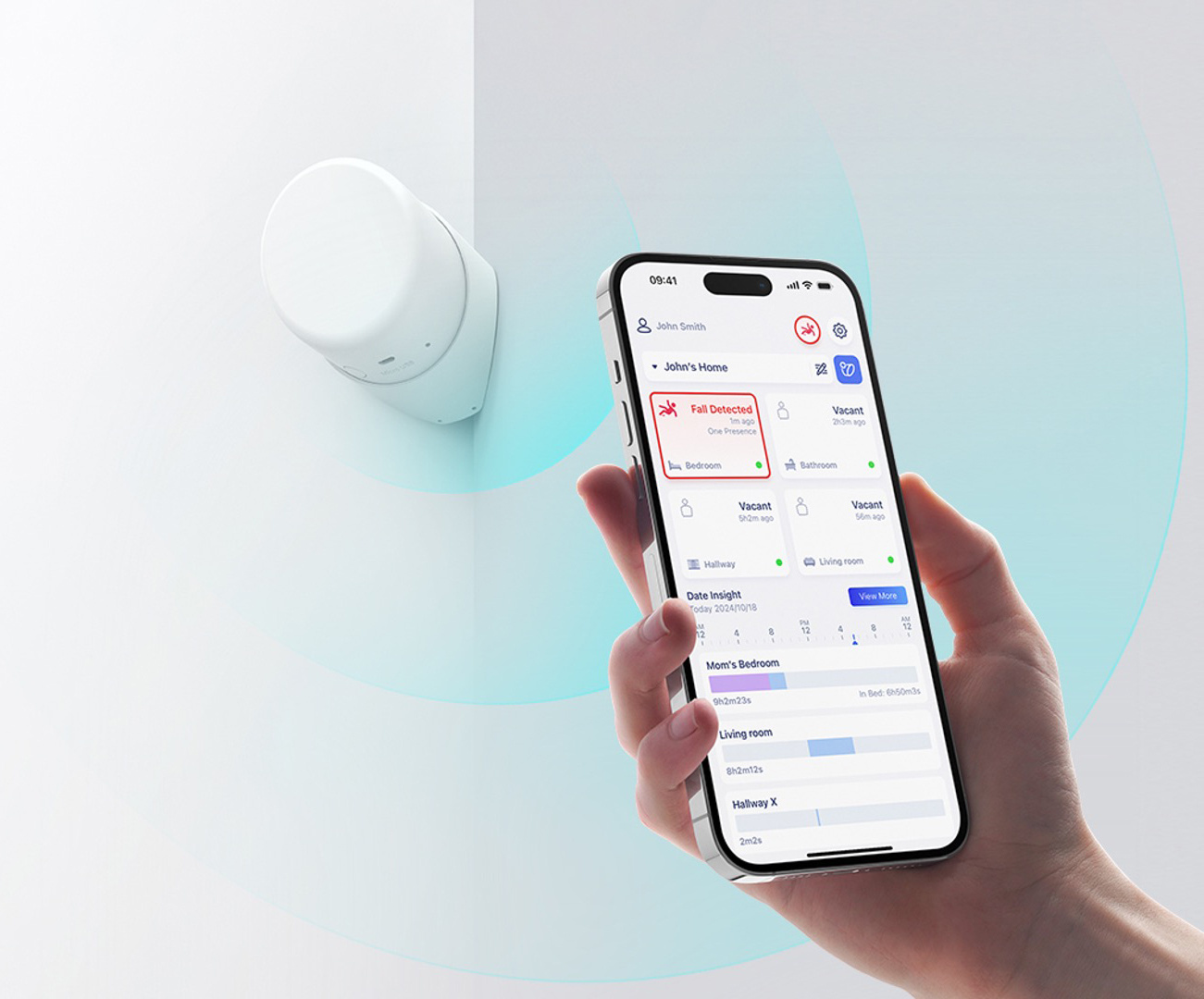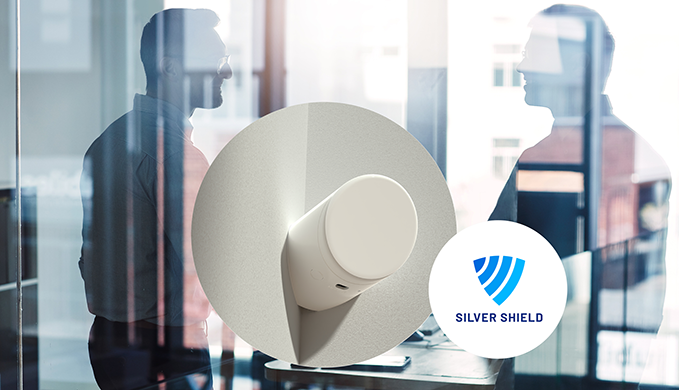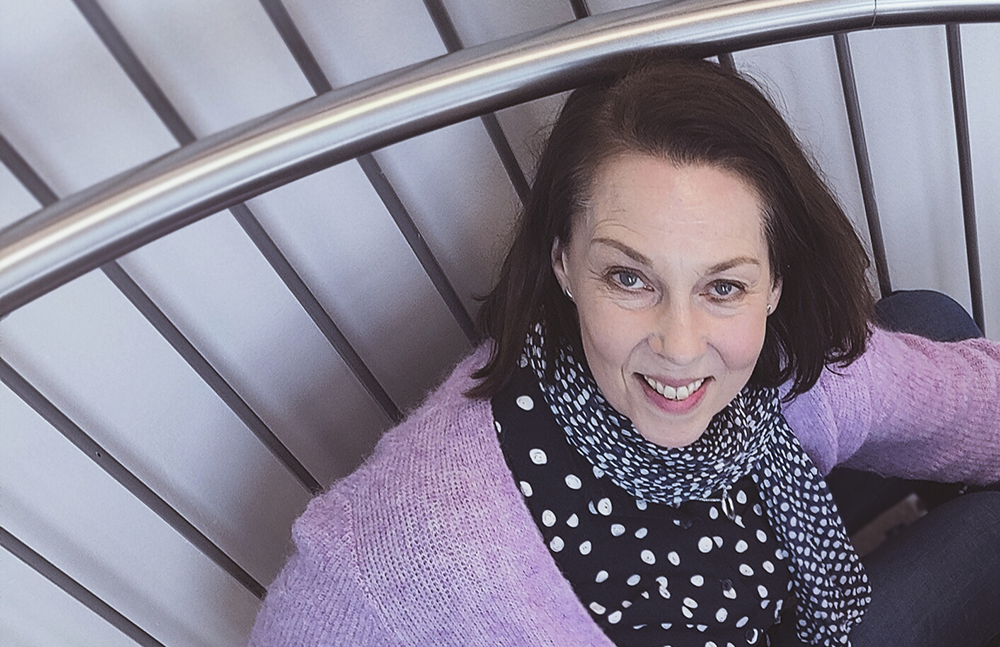Enhanced care work and safety with real-time actigraphy

The Municipality of Laukaa was involved in a home care project carried out in 2016–2018. Project made it possible to develop home care in the municipalities of Central Finland to be more customer-oriented and cost-effective and with better effectiveness of care. One of the main goals of the project was to increase the time targeted for each patient. During the project, night care was piloted in Laukaa, which has since become established as part of home care. By allowing nurses to work more efficiently, they were able to reduce the need for purchased services. At the same time Vivago-solution was taken into use.
At the beginning of the project, customers of Laukaa home care received services in two shifts. As part of the home care project, it was decided for the first time to try to provide care at night with own resources. The aim was to find service models that could postpone the need for assisted living and invest in lighter services. However, this should not cost more than before. Need-based resource allocation methods were used to help to balance the peak of morning care through accurate analysis of work tasks and a centralized pool of nurses.
In municipality of Laukaa there were challenges similar to those as home care in general. When the number of nurses is based on the maximum need, which is the peak in the morning, less productive work accumulates in the afternoons and tends to get longer. As a result of this, the actual time spent with customers in relation to the total working time remains unnecessarily small. The system also requires external workforce and substitutes to operate, and often results in busy morning shifts and unreasonable strain on nurses. In Laukaa, the aim was to test whether with need-based resourcing they could switch nurses from day to night shift.
Later, with need-based resourcing and increased efficiency of its own personnel, Laukaa was able to cut purchased services from private sector by 40%. This resulted in around 77,000€ annual savings.
Improvements in supporting services, such as night care, home rehabilitation, assessment and rehabilitation services, enabled an increasing number of customers to live safely at home. As a result of this development, fewer places were needed for assisted living. All in all, in 2018 there were 48 assisted living places disengaged for the elderly, 22 of which did not have to be filled.
Nurse Henna Leinonen, who participated in the home care project, and Sira Salo, a physiotherapist who later came to Laukaa, explain the project's impact on care work as follows:
- The morning rush of home care nurses has decreased.
- Nurses have more time for the patients and for care work.
- Currently, two persons are responsible for controlling the customers and they have a centralized evaluation for the need of care. The criteria for receiving the care have been updated and harmonized.
- Rehabilitation approaches have been developed and physical and occupational therapy have become a better part of the treatment process.
- Customers' need for services has decreased with good rehabilitation.
- Queues in assisted living have been reduced and places have been reduced.
- Home care practices and criteria for providing care are more uniform in all municipalities in Central Finland.
Piloting of the Vivago system in Laukaa started with a new night care unit, where three home care nurses were transferred into. Vivago system was taken into use with ten home care customers. Vivago was especially used to monitor night-time activity levels. Real-time actigraphy curves made it possible to dispense with night-time routine visits and to switch to need-based visits. The nurses quickly learned to schedule their visits according to the customers sleep. Customers slept better during the night, as the routine visits did not interfere with the night's sleep.
One way to reduce the peak hours of the morning was to start early in the morning for early morning customers. It was possible because Vivago's real-time curves showed when the customer has awakened. The municipality's own night care goals were achieved so well that it became a permanent practice. Leinonen says that initially night care was only offered in the downtown area, but nowadays also further away as needed. From night care, the use of the Vivago system has gradually spread to Laukaa home care. Currently, there are 12 watches in Laukaa that rotate from one customer to another as needed. Typical monitoring duration is from two weeks to a few months.
According to Leinonen and Salo, the benefits of Vivago system are clear in rehabilitation follow-up and in discharge. Vivago system provides unique information about discharged customers and this data would not otherwise be available. With this data you can see how customers sleep and activity has evolved when moving home. From the perspective of nurses, the introduction of Vivago is an important and positive thing. Nurses have more time for the customers and the care work and after learning to use the system they felt it was really needed.
All in all, the effectiveness of rehabilitation can be shown by using the Vivago solution. The commitment of the management to the development work was the key to success.


